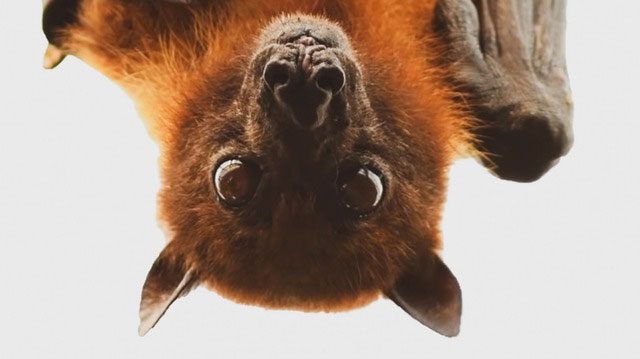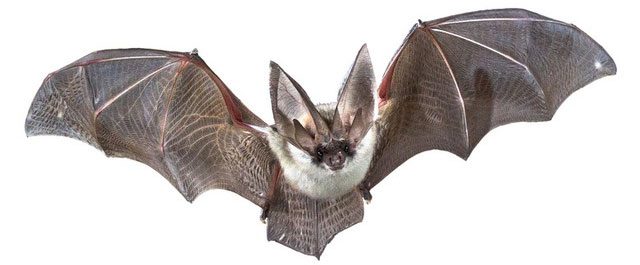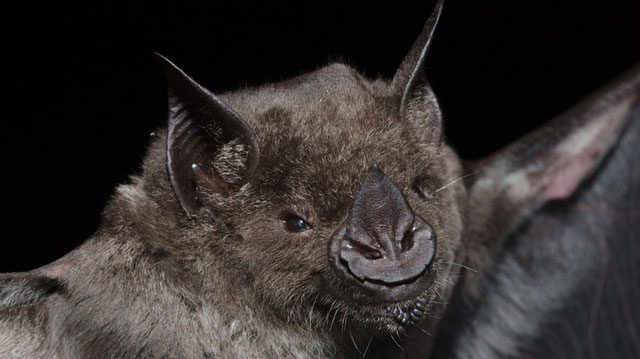As urban development increasingly encroaches on wild lands, many bat populations have left rural areas, seeking food sources and shelter alongside us in cities.
Those who take evening strolls at dusk or night may catch a glimpse of a bat flying overhead in search of food. Bats are found almost everywhere in the United States and many other parts of the world. They inhabit both rural and urban environments. As urban development continues to invade wild lands, many bat populations have relocated from rural areas, seeking abundant food sources and beautiful places to roost alongside us in the city.

Bats are found almost everywhere in the United States and many other parts of the world.
In scientific classification, bats are referred to as Chiroptera, belonging to the subclass of mammals. According to biologists’ statistics, there are currently 1,200 species within the order Chiroptera, accounting for 23% of the total number of species in the class Mammalia, ranking second after rodents. This also demonstrates the evolutionary success of bats. Laurasiatheria is the largest clade of mammals within the Eutheria branch. This clade includes Chiroptera (bats), Insectivora (hedgehogs and shrews), Ungulata (whales and hoofed animals), and Ferae (carnivores and pangolins). The primitive evolution of the Laurasiatheria clade began just as dinosaurs were becoming extinct. The earliest bat fossils discovered date back approximately 55 million years.
This trend is similar to many other urban-friendly animals like mice, rats, and North American raccoons. In recent years, even large animals like mountain lions have learned to coexist with humans in some small urban areas.
However, as many generations of bats live and reproduce in cities, what changes occur between urban bats and their rural counterparts? A group of German scientists aimed to investigate this issue, and their findings have been published in the Wiley Online Library.

Bats have ancestors that are the earliest Eutheria species, appearing in the middle of the Cretaceous period.
According to molecular genetic analysis, bats have ancestors that are the earliest Eutheria species, appearing in the middle of the Cretaceous period, around 100 to 90 million years ago—sharing a common ancestor with rodents and all mammals belonging to the Eutheria branch (including humans). Sixty-six million years ago, a massive asteroid struck Earth, leading to the extinction of the dinosaurs and opening up new growth and development opportunities for mammals. Among the three main groups of mammals—monotremes, marsupials, and Eutheria—the Eutheria branch benefited the most. To date, 6 out of the 7 families of the Eutheria branch still survive and thrive on our planet. After the catastrophe, Eutherian mammals quickly adapted to the radiation and filled ecological niches. This led to the evolution of bats and rodents.
What the group of scientists from various German research institutions found is that some bat species are now found more in urban areas than in rural regions. To reach this conclusion, the scientists compared a global database of bat species and cross-referenced it with the proximity to urban areas where bats tend to reside. From there, they compared the characteristics of bats that seem to prefer living alongside humans to those living in rural areas.

Modern science has confirmed that the ancestors of bats are not rodents.
Today, we still know very little about the evolution of bats, primarily due to their relatively small skeletons, which make fossilization difficult. Modern bats are divided into two main branches: insectivorous bats and fruit bats. Previously, there were many speculations that bats evolved from rodents or that they were related to flying dinosaurs due to similarities in their wings. However, modern science has confirmed that the ancestors of bats are not rodents; they have a parallel evolutionary relationship and both evolved from ancient mammals.
What scientists learned from their research is that small-sized bats with echolocation calls at lower and longer frequencies not only prefer to live in urban environments but also thrive in areas populated by humans.
Furthermore, bats living in urban environments exhibit a high level of adaptability. They must frequently relocate when humans inadvertently disturb them during the day.
These findings identify which bat species are less threatened by human development and which species may be more vulnerable and better suited for conservation efforts, as explained by Phys.org. According to Wildlife Removal USA, the largest known urban bat colony is in Austin, Texas, consisting of about 1.5 million bats. The U.S. Geological Survey (USGS) states that bats are carriers of diseases, but they rarely attack humans.


















































